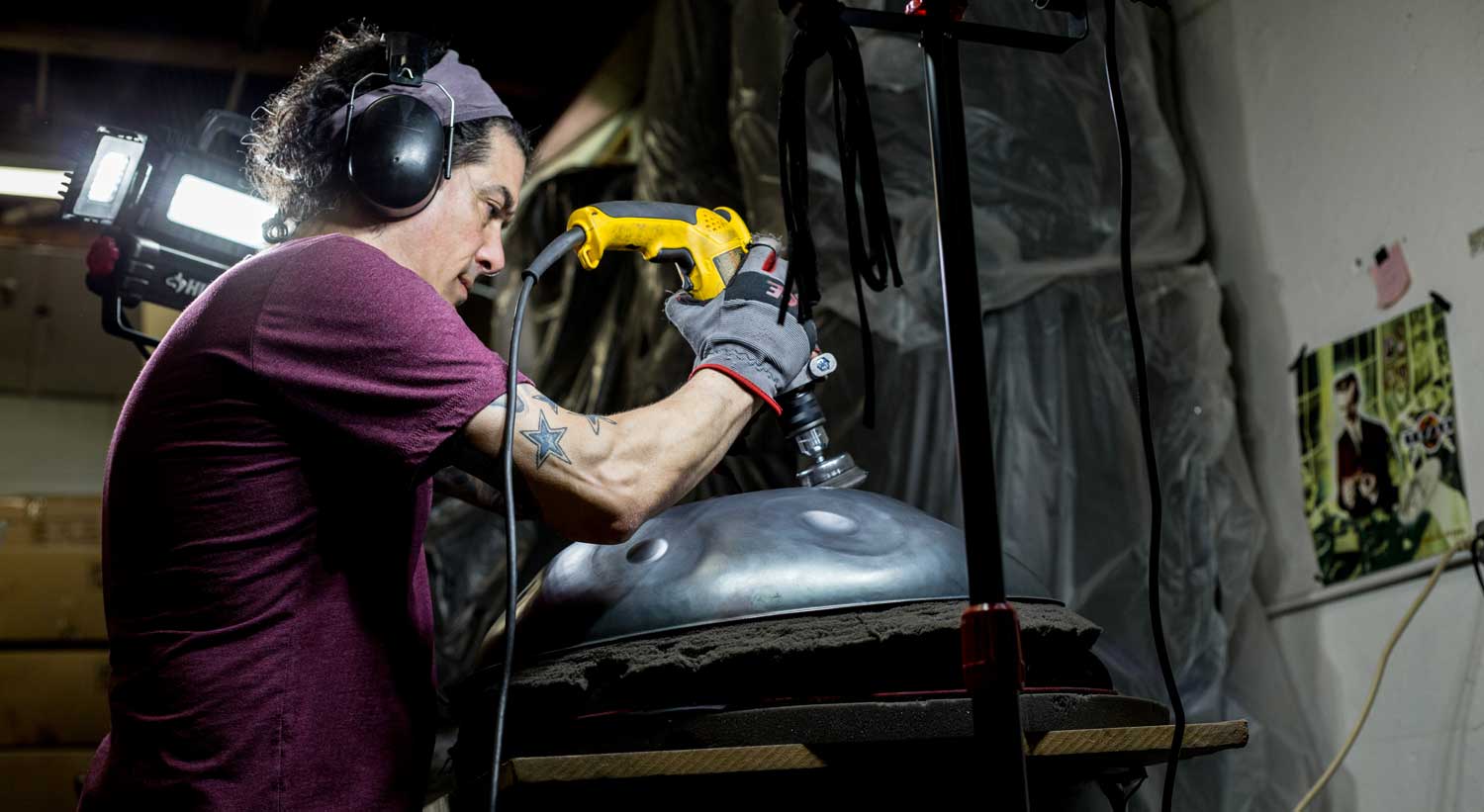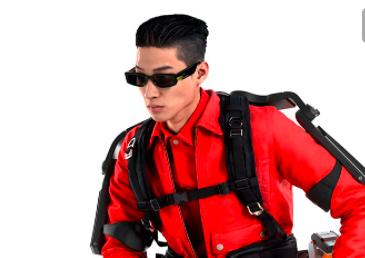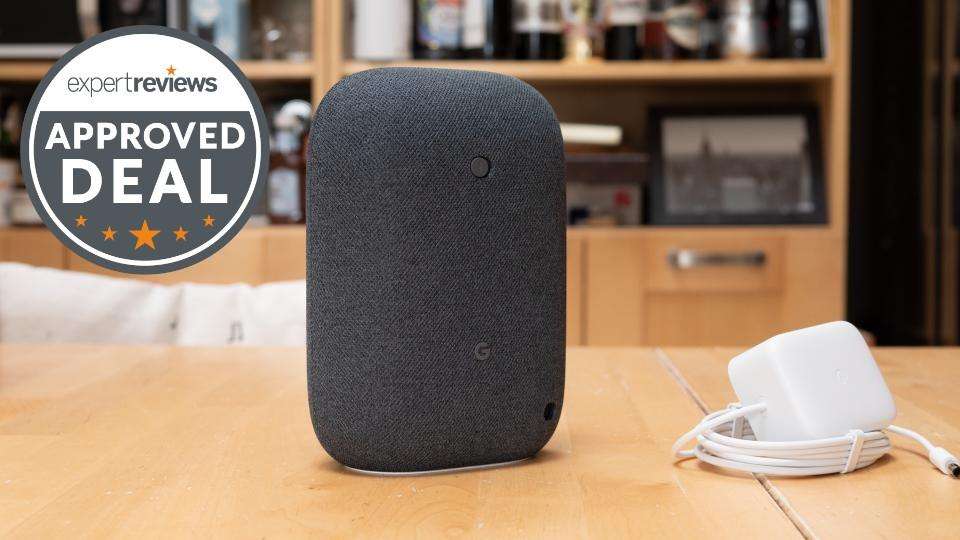What Volunteer Firefighters Need to Know Before Buying LED Emergency Lights
Speed is critical in an emergency. In the case of a fire, just a few additional minutes can result in significantly more damage as the fire quickly spreads. Therefore, it is important to be equipped to respond to a call from the volunteer fire department quickly. A vital component of being able to get to a burning building quickly is having equipment like a siren or flashing lights to signal to other motorists on the road that your vehicle is an authorized emergency vehicle so that the other drivers can pull over and let you through.
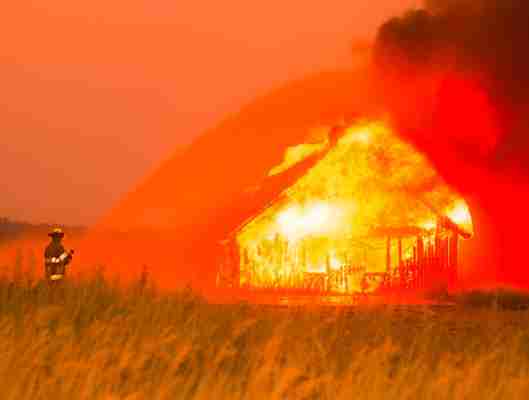
Since a volunteer firefighter is typically not authorized to drive a fire truck, it is important to purchase another type of warning light. Read on to learn more about what a volunteer firefighter needs to know before buying LED emergency lights for a personal vehicle.
Is It Illegal for Volunteer Firefighters to Use Emergency Lights?
There are many rules and restrictions when it comes to which types of lights a volunteer firefighter can use for a private vehicle, and many of them vary by state and city. What is legal in one state may be against the law in another state. Let me explain by offering a few examples.
In some areas of the country, interior LED dash light bars are illegal since they look too similar to police lights. Some cities may prohibit the use of an LED light bar, while others prohibit people from using a strobe light. Other municipalities ban particular colors — for example, the combination of red and blue flashing lights is typically reserved for a police vehicle. Similarly, a red and white flashing light combination is typically allowed only by an ambulance and career firefighter fire truck. An amber light bar might be reserved just for tow truck, wrecker or commercial vehicle use.
A volunteer firefighter is not authorized to use that type of emergency lighting. Instead, a volunteer firefighter may use a blue light or green light, but the exact color and style of emergency lights depend on the municipality. Before purchasing any LED emergency lighting for a personal vehicle, be sure to research local laws on permitted emergency lighting for a volunteer firefighter.
The allowable light is often referred to as a courtesy light and signals to motor vehicle drivers that they should pull over to give the emergency responder the right of way.
Can Firefighters Run Red Lights?
Just because you have emergency lights does not mean you are above the law. While the courtesy light that a volunteer firefighter uses will sometimes provide protection against some traffic regulations like speed limits, the use of those flashing lights does not allow a volunteer firefighter to run stop signs or red lights. You do not want to hear a siren, see police lights behind you, and waste time being pulled over by a police officer while you are trying to respond to a fire. Again, check your local laws to see what is allowed for a volunteer firefighter in your area.
Why Choose LED Emergency Lights Over Other Light Types?
One important consideration when choosing volunteer firefighter vehicle lights is what type of bulbs to use. Read on to learn why LED bulbs are the most practical option.
Benefits of LED Lighting for Your Emergency Vehicle
Light-emitting diode (LED) bulbs are among the most popular types of light in today’s market. This is because of the many benefits of LED lights.
In short, an LED light bar is superior because LED lighting:
Lasts longer
Emits light in a specific direction — LED bulbs emit light in a specific direction, which reduces the need for reflectors of diffusers that trap light. Because of this, they are considered much more efficient than other types of lighting where the light has to be reflected in order to light a specific direction.
Is cost-efficient — Though LED lights cost more upfront, they last longer than traditional lighting.
Watchouts of LED Warning Light
While there are many benefits to using an LED light bar for your volunteer fire vehicle, there are a few drawbacks as well.
While many other types of light bulbs emit heat that will melt snow and ice, LED lights emit very little heat. If you get a call from the fire station during the winter, be sure to clear off your exterior warning light so it is visible to other motorists.
LED lights are very bright — so bright, in fact, that if not installed properly, they may be dangerous to other drivers. Always make sure your LED light bar is angled properly to avoid causing other road hazards while responding to a fire.
LED bulbs are initially costly. However, since LED lights are usually more energy-efficient and super durable compared to other options, using an LED light will save you money in the long run.
Types of Emergency Vehicle Lights
Ready to purchase some emergency lights for your personal vehicle? Now you just have to decide which types of lights to choose. Remember, each municipality has different laws regarding which lights a volunteer firefighter can use, so be sure to check your local laws before purchasing. Now, read on to learn about the different types of lights.
Grille Lights
Light bars can be mounted to the front grille of trucks. A grille light bar needs to use a mount that is affixed to the car, so consider if you are willing to add a permanent mount before purchasing a grill light.
Dash Lights
A mini light bar or full light bar can be installed on the front dash of an emergency vehicle. These are a good option for those who do not want to make permanent changes to the vehicle, as they can be put up and removed easily.
Make sure to check with local authorities before installing a dash light, as some areas ban them because of their resemblance to police lights.
Beacon Lights
Beacon strobe lights are cylinder-shaped lights that can be fitted to the top of your vehicle when you need to use them. Because they have no permanent mount, this type of LED warning light works well for those who do not want to permanently alter their car.
Running Board Lights
A vehicle’s running board is another potential location for a firefighter light. Not all cars, trucks, and SUVs have running boards, so make sure to check your car for them before purchasing a running board light bar. A running board will be along the side of the car under the doors, providing a stepping surface for climbing into and out of a vehicle.
Questions to Ask Yourself Before Purchasing Volunteer Firefighter Lights
Consider the following questions to help determine which type of LED emergency light is the right fit for you.
Do You Want a Permanent Mount or Something You Can Stow?
If you prefer not to keep a permanent light mount on your car, consider a portable option like a dash light or a beacon strobe light. If you do not want to bother with repeatedly installing and putting away the light, consider a permanent option such as grill lights or running board lights.
What Type of Mount Should You Choose?
Most fixed lights, such as light bars, will use brackets to permanently mount the lights. For lights that will be stowed between uses, you will need to decide whether to use brackets or another mounting option, such as a magnet mount. Whatever you decide, make sure it is a sturdy option — your light bar needs to be able to withstand all sorts of weather conditions and driving speeds. Otherwise, you risk causing a different type of traffic emergency while trying to respond to a fire.
What Type of Vehicle Do You Drive?
Not all types of lights will work for all vehicles. For instance, not all vehicles have running boards, and not all vehicles will be able to find a grill light that fits.
How Long Will You Be Using Your Current Vehicle?
If you are planning to buy a new vehicle soon, consider a portable emergency light so you do not waste time and effort installing a light you will not have the opportunity to use much. Plus, a portable light will be transferable to a new vehicle since it does not have to be mounted.
Conclusion
When there is a fire, having firefighter responder equipment like a siren or flashing lights can make a significant difference in being able to respond quickly. As you can see, there are several considerations to take into account for a volunteer firefighter looking to buy an LED emergency light. If you have additional questions, our experts can help you choose the right emergency lights for you.
See Volunteer Firefighter Vehicle Lighting Products Here.
Emergency Lights Maintenance
Maintenance & Services

When there is an emergency and it happens to be a fire emergency the systems that are put in place need to work properly. Emergency Lights and Exit Signs improve and increase security for buildings and the people who work in those buildings. Emergency Lights are very important and is required by law.
Majestic Fire Protection, Inc. sells, installs, tests and maintains high quality Emergency Lights exit signs. It’s vital to have professional who know the building code install the Emergency Lights so it remains up to code. We are the experts in emergency lighting installation, repair and maintenance.
Inspection & testing is required annually, semi-annually, quarterly, and/ or monthly
Batteries Should be tested with a battery analyzer
Bulbs and Batteries Should be tested and replaced as needed
Test and replace lighting units as needed
When it comes to Emergency Lights for your home or building it’s important that you choose the right type of lighting so it works when you need it. LED lighting is a very economical form of lighting. LED emergency lights is are high quality and reduce energy usage. We also recommend that systems that are hard wired be purchased with a backup battery so the lighting works when the power goes out.
There are other options when it comes to emergency lights. Self Luminous Tritium exit signs are great because they are self powered. They do not require an electrician to install wiring, don’t need backup batteries or generators. The signs can be mounted anywhere in a building. These signs last very long and as stated require no electricity.
High quality exit signs and Emergency Lights are easily installed and are reliable. The type of lights that are available are halogen, incandescent, dual head and exit lighting and sign combinations.
If you are interested please call 800-918-8978
Trends in Fire Apparatus Emergency Warning Lights
When firefighters respond to an emergency situation, the iconic rotating red and white lights catch the attention of drivers and pedestrians alike. But how have these lighting systems evolved and what should you consider as you look to upgrade your fire apparatus lighting system?
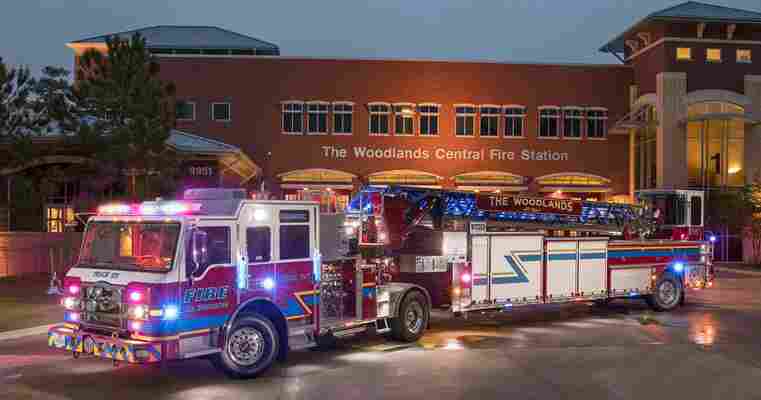
Pierce Manufacturing prides itself on creating custom fire apparatus, including the latest advancements and technology to keep firefighters and their respective communities safe. Learn more below about industry standards and trends in apparatus lighting systems so you can make the right lighting choice for your department.
A Brief Overview of NFPA Lighting Requirements
On fire apparatus, warning light systems are positioned throughout the required zones identified by the National Fire Protection Association (NFPA) 1901 Standard, and in areas that support the needs of individual fire departments.
The NFPA segments an apparatus based on four zones with upper and lower warning light requirements for each zone that address the needs of:
Calling for right-of-way (when the apparatus is responding/moving) and;
Blocking mode (when the apparatus is on-scene/parked).
Zone Colors
Zone Colors Color Calling For Right-of-Way Blocking Right-of-Way Red Any Zone Any Zone Blue Any Zone Any Zone Yellow Any Zone Except A Any Zone White Any Zone Except C Not Permitted
When you are working with an apparatus manufacturer, one of the most important considerations is the NFPA lighting requirements for each zone of the apparatus to ensure the vehicle meets the standard.
Mode of Operation
Mode of Operation Calling for Right-of-Way Blocking Right-of-Way Zone Level H Total At Any H Point At Any Point 5 Degrees Up or
5 Degrees Down from H H Total At Any H Point At Any Point 5 Degrees Up or
5 Degrees Down from H A Upper 1,000,000 10,000 3,500 400,000 10,000 3,500 B Upper 400,000 10,000 3,500 400,000 10,000 3,500 C Upper 400,000 10,000 3,500 800,000 10,000 3,500 D Upper 400,000 10,000 3,500 400,000 10,000 3,500 A Lower 150,000 3,750 1,300 150,000 3,750 1,300 B Lower 150,000 3,750 1,300 150,000 3,750 1,300 C Lower 150,000 3,750 1,300 150,000 3,750 1,300 D Lower 150,000 3,750 1,300 150,000 3,750 1,300 Notes: 1. All values are in candela-seconds/minute. 2. H = Horizontal plane passing through the optical center. 3. The values in the H Total columns are the total of 19 data point values for each light, with data points on the boundary between zones counted in both zones.
The chart above shows the required total output values for each zone on both upper and lower lighting systems based on either calling for right-of-way, or blocking right-of-way positioning. The output values help dictate light intensity requirements and the associated visibility of apparatus. These values are important to understand as you select the right warning light options and adjust settings to balance your fire department’s needs with the minimum and maximum standards.
Additionally, custom warning light options should be considered that address the individual requirements of a fire department and its community. The major warning light manufacturers have created tools that provide an easy way to validate if a combination of lights will meet all NFPA requirements.
What Are the New Features of Fire Apparatus Warning Lights?
Low Intensity Emergency Response Lighting
Low intensity emergency response lighting offers fire departments the flexibility to adjust the light output of a warning light to a lower level that is still within the NFPA required levels. The use of low intensity warning lights is ideal in low light or dark conditions because it may actually improve safety.
Warning light systems are designed to provide enhanced visibility to enable motorists to detect and safely react to the presence of emergency response vehicles. The trouble is, the current light intensity combined with the flash pattern minimums can actually confuse motorists and lead to collisions and accidents with emergency response vehicles.
Current NFPA standards require that the minimum flash rate be 75 flashes per minute (NPFA 1901 13.8.11.1). Based on the charts above, a single emergency vehicle blocking a right-of-way could have as many as eight warning lights flashing 75 times per minute with different colors and levels of intensity, as well as different flash patterns and synchronization.
Private and government agencies are now studying the effects of this high level of visual light intensity to understand what levels are most effective to aid approaching motorists. In fact, it is anticipated that the next NFPA standard may address these concerns directly and alter flash patterns and intensity minimums to reduce visual overload for motorists, thereby improving safety.
LED Lighting Systems
Today, lights used on apparatus as a warning signal during right-of-way, and when parked, have reached a new level of reliability, efficiency and output thanks to ever-advancing LED technology. For fire crews, recent trends and advancements mean a new dependence on warning light packages that can deliver the longevity needed to meet equipment, service and budgetary goals.
Apparatus owners now have the opportunity to select lights based on department preference, outfitting apparatus with customized lighting options. In fact, the options available when configuring warning light packages seem endless, including color, size, shape, depth and mounting styles.
New lighting trends first caught the attention of apparatus manufacturers and firehouses about 20 years ago after police vehicle light bars became equipped with the seemingly trouble-free, attractive, and more noticeable light-emitting diode technology known as LEDs. Over the years, LED products have continued to evolve. They now produce illumination approximately 90-percent more efficiently, and in the end, cost less than traditional bulbs.
What Are the Benefits of Using LED Light Packages for Fire Apparatus?
LED lifespan is between 50,000 and 100,000 hours, costing less money in maintenance and replacement costs.
LED lifespan is between 50,000 and 100,000 hours, costing less money in maintenance and replacement costs. LEDs have less electrical draw than previous lighting solutions.
LEDs can be controlled, focused and positioned for greater penetration.
The technology provides advanced heat control and stronger light output.
LEDs are known to be far more rugged and durable than traditional light bulbs and can withstand cold temperatures.
There is no warm-up period on an LED. They light instantly within nanoseconds.
Mercury and other hazardous substances are not found in LEDs making them an environmentally friendly option for departments focused on green community strategies.
Should My Department Update Our Warning Light System?
Updating warning light systems has also become a vital strategy for fire departments that need to address road safety concerns or for those facing changes within the community they serve that may require an upgraded system. While there is an investment associated with upgrading apparatus warning lights such as beacons, light heads and lightbars to an LED light source package, the overall value realized by a department is often much greater. Updating and adding warning lights ensure that a fire truck will be seen, helping to prevent secondary accidents from occurring.
What Resources Are Available to Help Me Choose a Warning Light Package?
There are many resources available for departments that are either in the new fire apparatus design process or looking to upgrade an existing warning light system. Most apparatus owners or fleet managers let price and brand loyalty steer their choices.
However, working with an experienced apparatus manufacturer, dealer, and lighting provider will offer invaluable guidance to help make sure the warning lights selected best serve the department’s needs.
Most apparatus lighting manufacturers will provide photos, customer reviews, compliance information and performance and design tools that make decision-making a bit easier.
What’s Next for Apparatus Warning Lighting?
As apparatus technologies and design elements continue to expand the boundaries of safety and efficiency for departments across the country, there will likely be advances in warning light synchronization, combinations of warning light and scene light in a single housing and lighting that takes up less space on the apparatus.
What advances do we anticipate seeing soon?
All major emergency vehicle lighting manufacturers are developing smaller warning lights that can fit right in the rub rail on the body side of a vehicle. This creates a compact lighting solution that still meets NFPA standards, and an attractive option that is likely to be widely accepted.
It is expected that LEDs will continue to become more efficient and able to handle high temperatures.
New NFPA standards may address flash rate per minute and low intensity lighting options in the near future. Community and fire fighter concerns around the blinding effect of super LEDs on today's apparatus have started an important discussion. The NFPA may look to put an upper limit on warning light brightness or mandate a dimmer mode for nighttime use of warning lights.
Fire truck warning lights will continue to evolve as manufacturing innovation develops and new safety regulations are announced. The team at Pierce will continue to be on the leading edge of new advancements in warning lights, and will be sure to share these new trends as they emerge.
What warning light features do you want to see on your department’s apparatus?
Contact an experienced Pierce Manufacturing representative to discuss all of your apparatus lighting options that best support you, your crew, and your equipment.

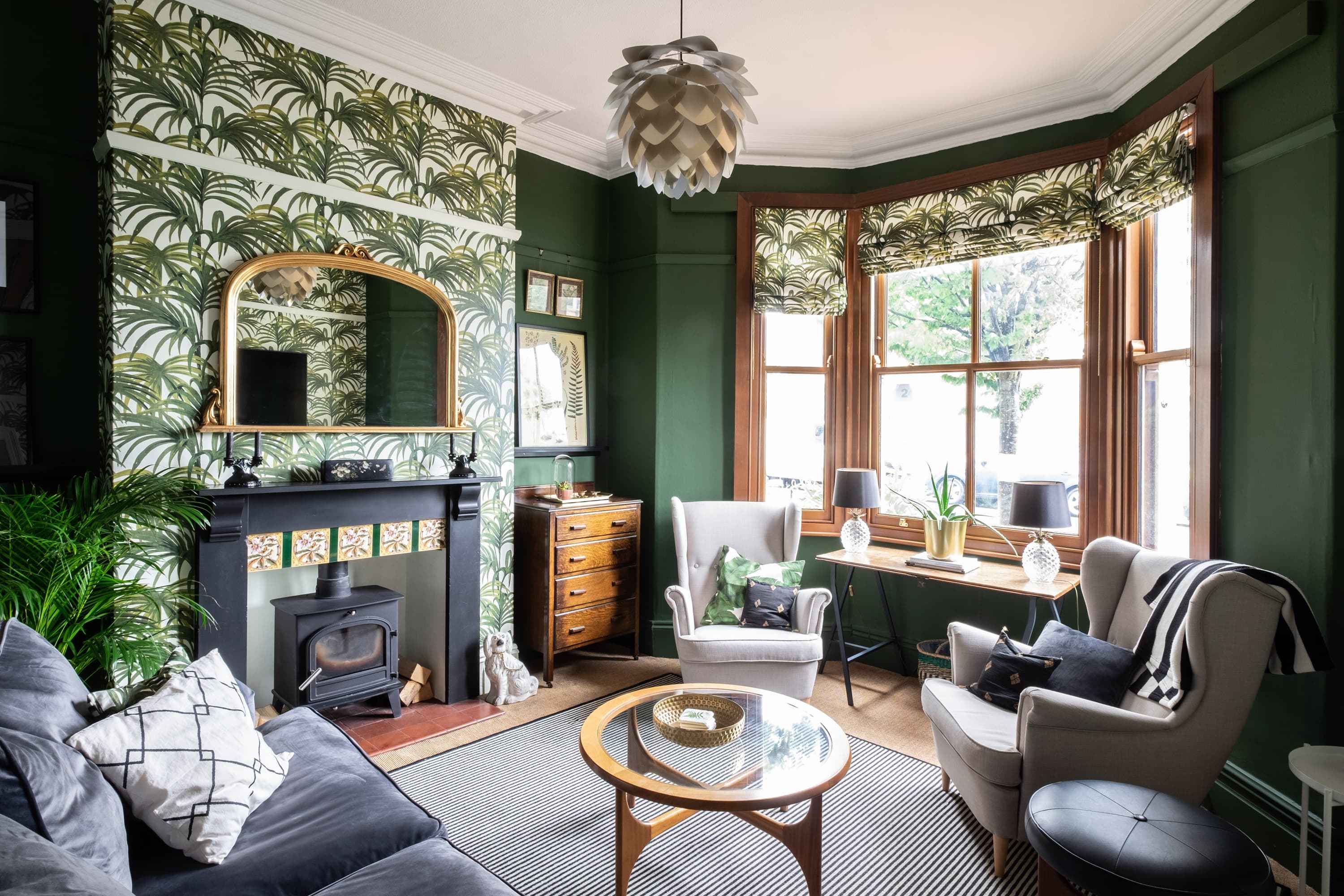
![31 Best IPTV Services for FireStick, Android TV, PC [Dec 2021]](https://www.lampsofbible.com/storage/upload/Images/_1639646173_nXrO23JGnM.jpg)
